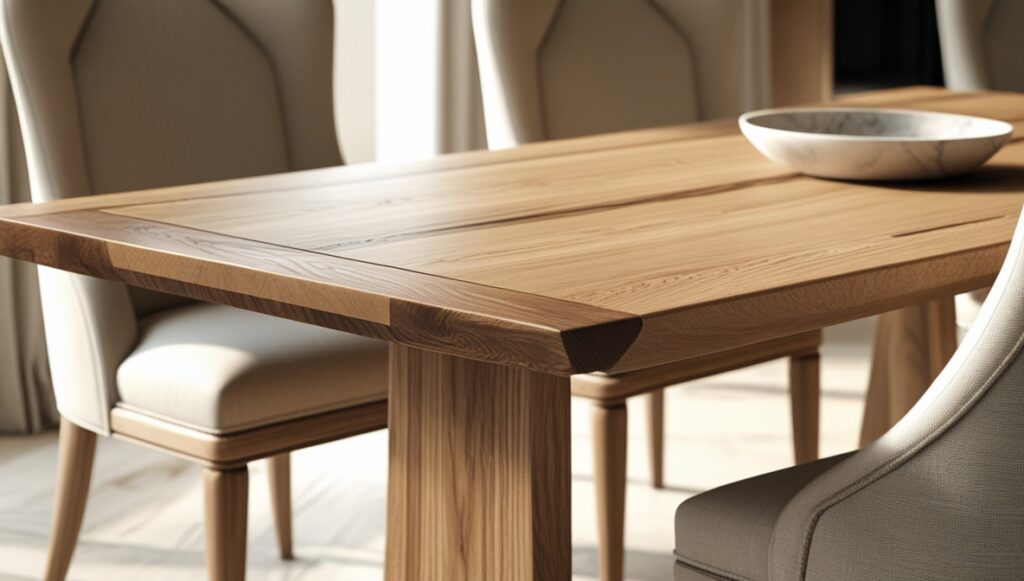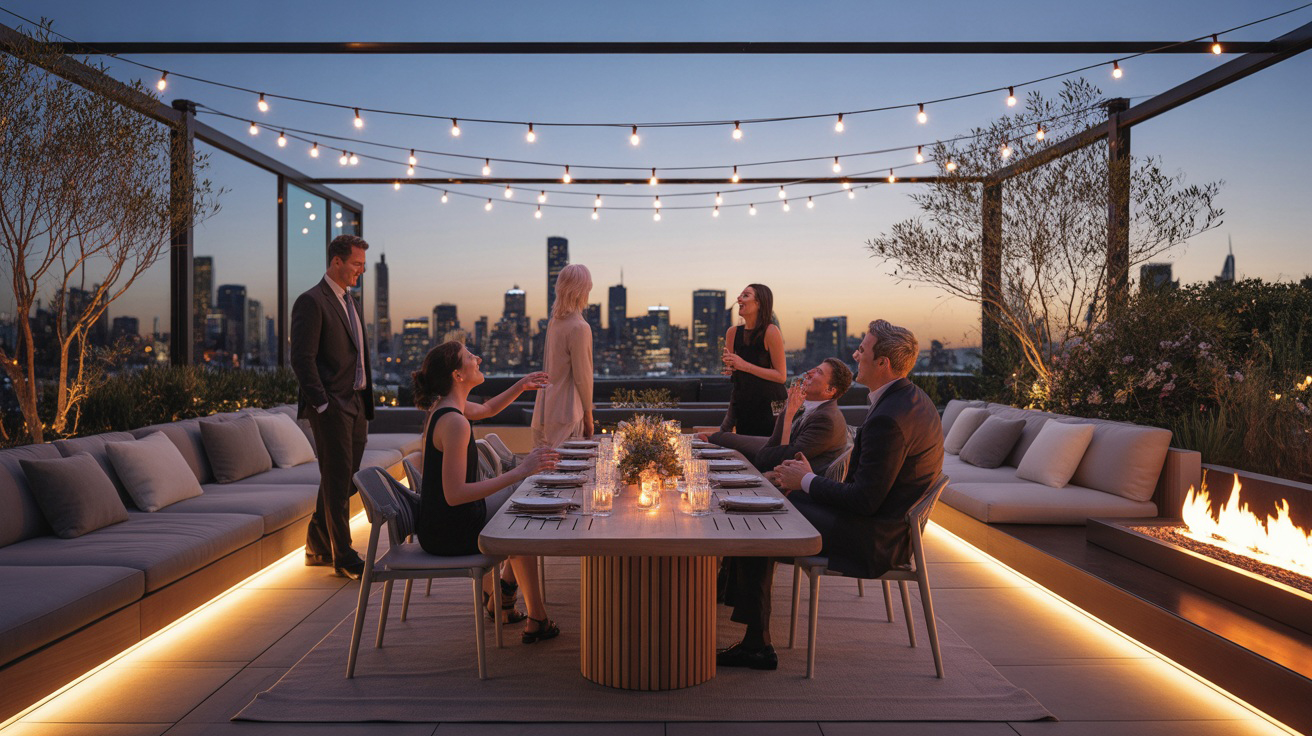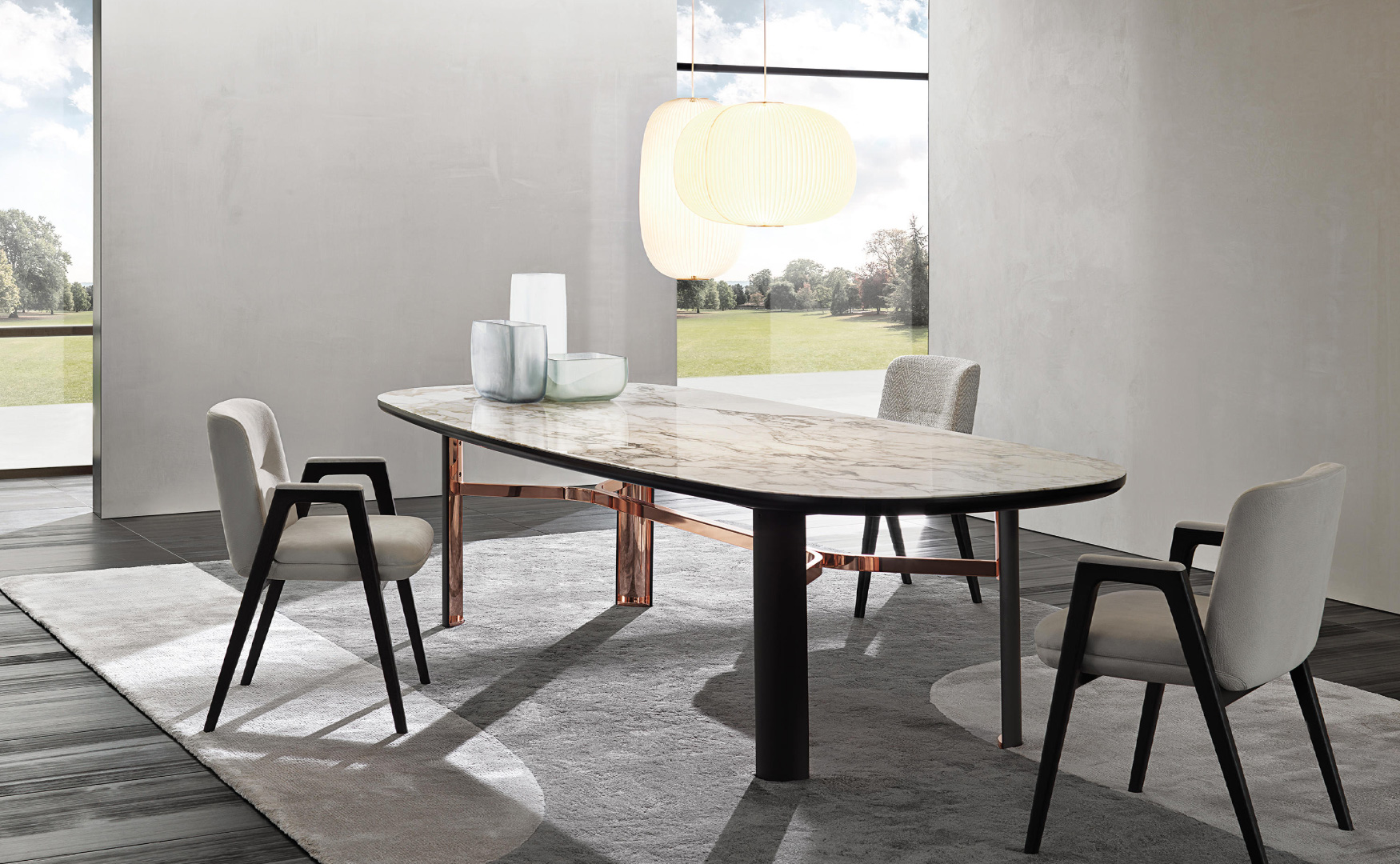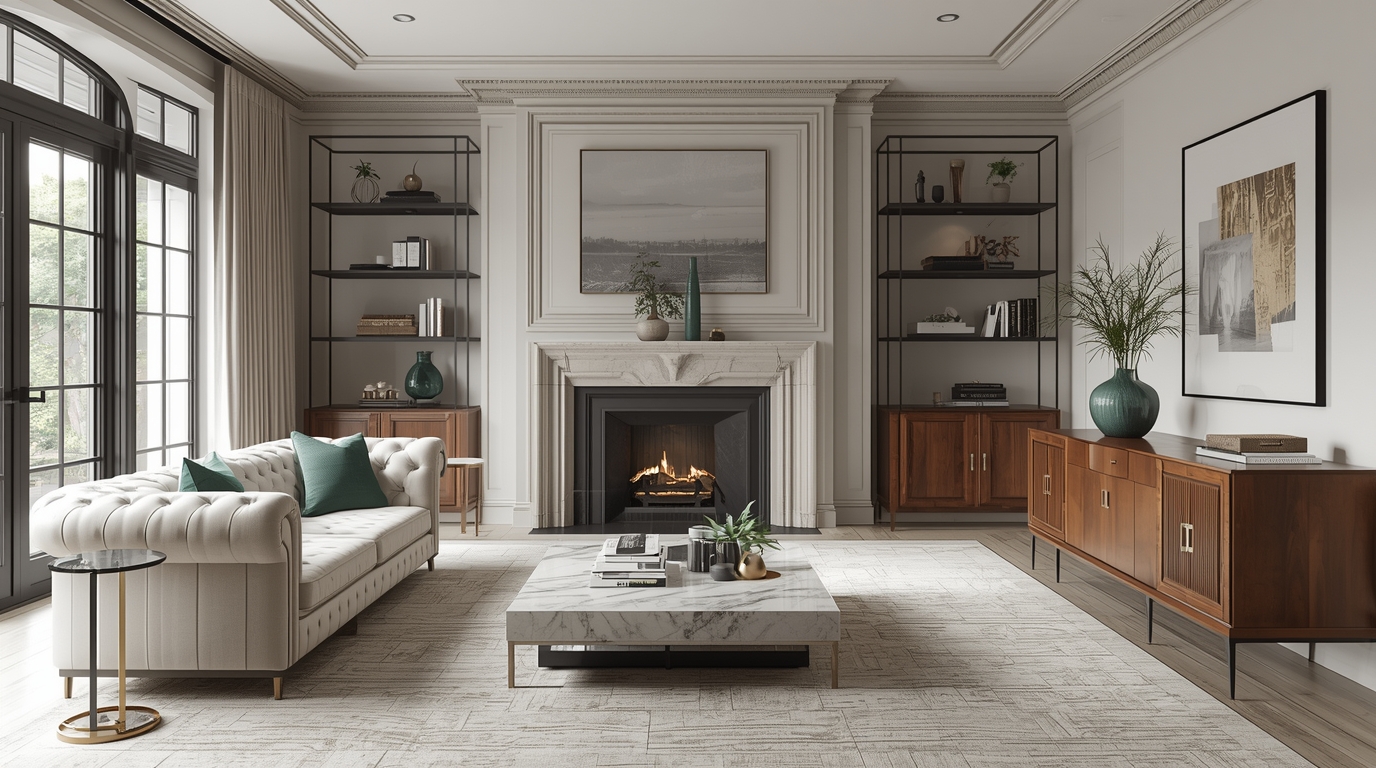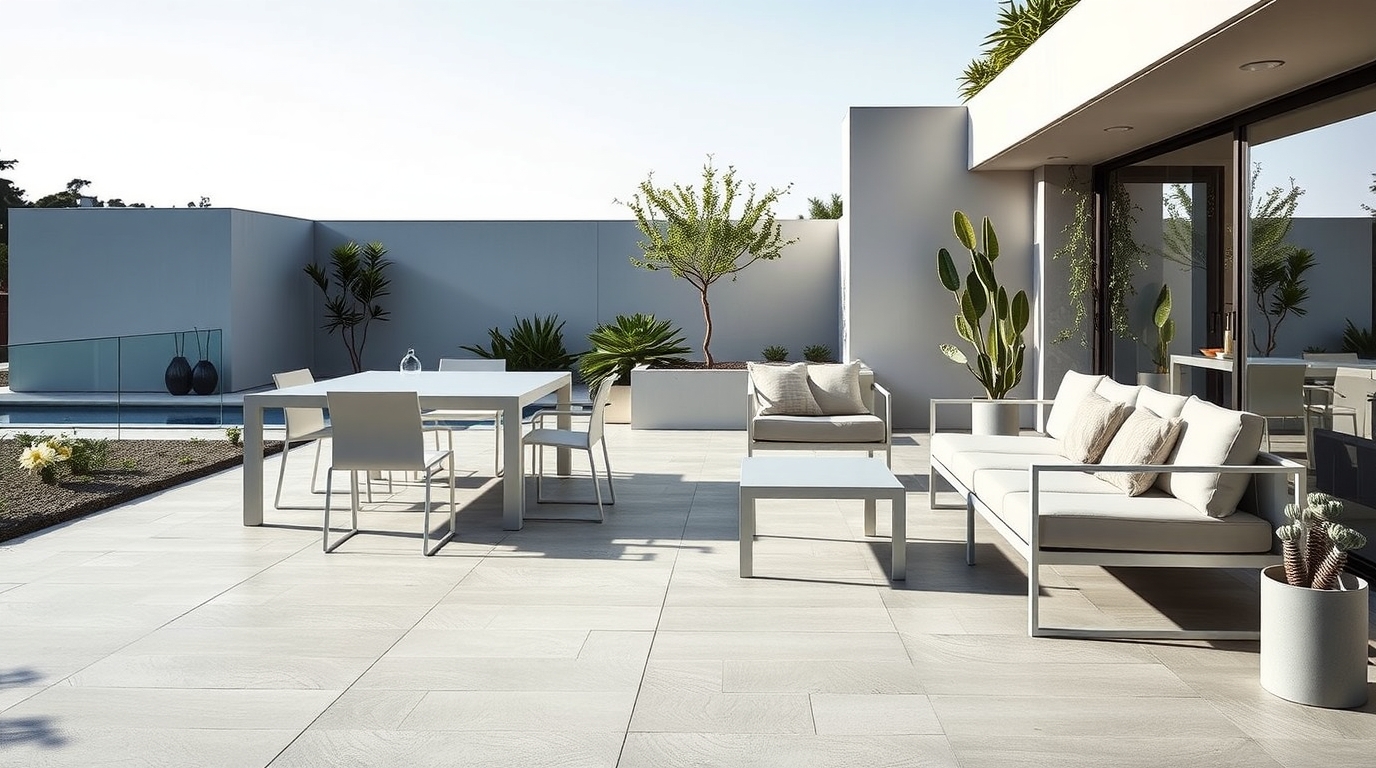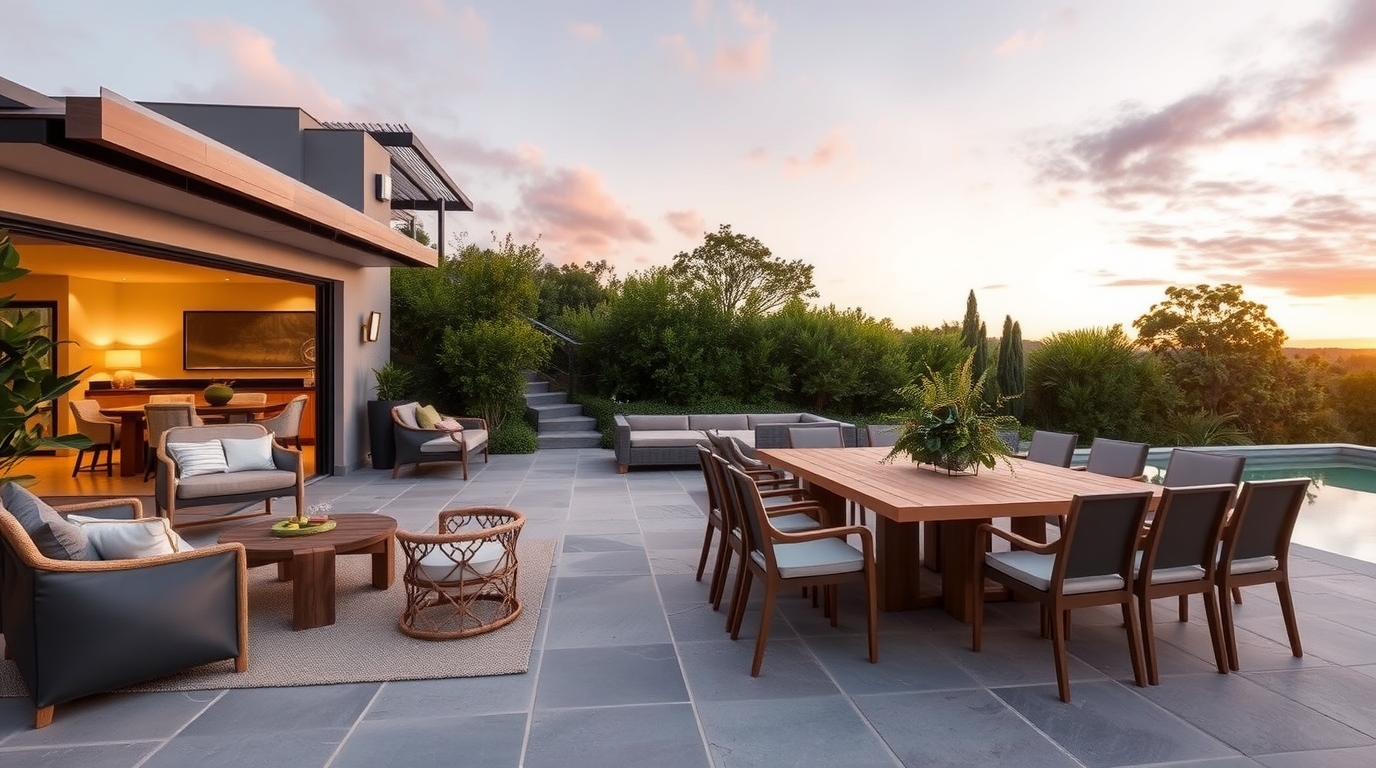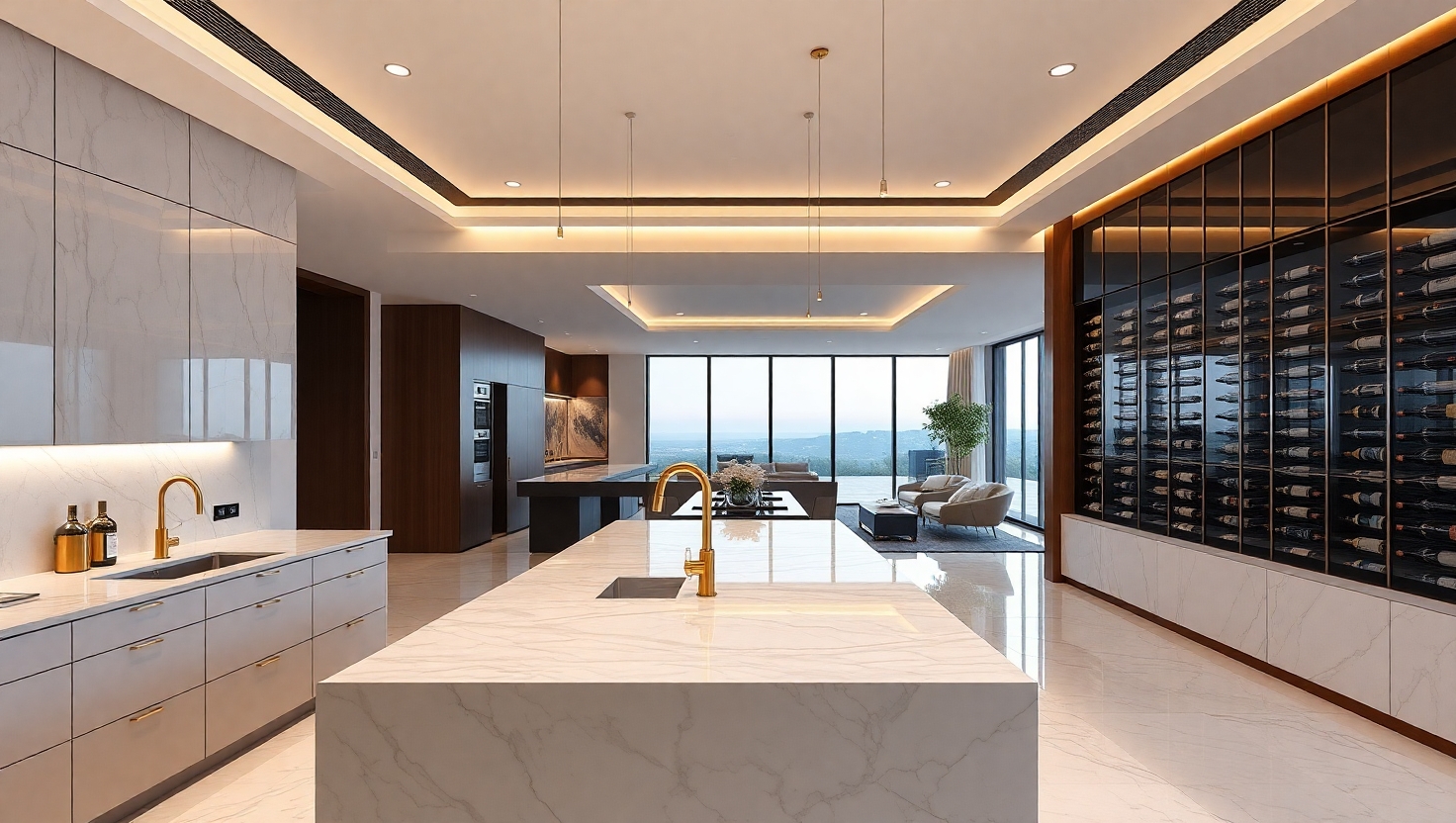Introduction
In an era where mass-produced furniture dominates the market, true luxury lies in pieces that are crafted with precision, care, and attention to every last detail. Exclusive furniture isn’t simply “better made” — it represents a philosophy where design, materials, and workmanship are elevated to an art form.
For discerning Australian homeowners, understanding the craftsmanship behind each piece is key to appreciating its value. From the selection of premium timbers and fabrics to the finishing techniques that ensure decades of beauty and function, craftsmanship is the invisible ingredient that transforms furniture into a long-term investment.
In this article, we go behind the scenes to explore the design principles, construction methods, and finishing touches that make The Exclusive Home’s collections stand apart from ordinary furnishings.
1. It Starts with the Design
Exclusive furniture begins with a vision. While mass-market designs are often created for quick turnover and broad appeal, luxury pieces are developed to meet exacting standards of proportion, balance, and aesthetics.
Designers at this level:
- Study historical styles and adapt them for contemporary use.
- Work closely with clients to create pieces that suit specific spaces and lifestyles.
- Ensure that ergonomics and comfort are built into every curve, angle, and dimension.
At The Exclusive Home, customisation is part of the design process. This means every detail — from the height of an armrest to the overhang of a tabletop — can be tailored to the client’s needs.
2. Selecting Premium Materials
A piece of exclusive furniture is only as good as the materials from which it’s made. The selection process is meticulous:
- Timber: Only sustainably sourced, kiln-dried hardwoods such as teak, oak, and walnut are used for frames and structural components. These woods are chosen for their strength, stability, and natural beauty.
- Fabrics: Clients have access to over 400 fabrics, including high-performance options like Olefin for outdoor settings, and premium leathers for indoor luxury.
- Metals: Powder-coated aluminium for outdoor frames offers both strength and corrosion resistance, with colour customisation to match any palette.
- Stone: Marble, granite, and engineered stone options are carefully inspected for consistent veining and surface quality.
3. Traditional Joinery Meets Modern Precision
The way a piece is built determines its durability. Exclusive furniture often incorporates traditional joinery techniques that have stood the test of time, such as mortise and tenon joints, dovetails, and dowel reinforcement.
These methods:
- Provide superior strength compared to simple screws or staples.
- Reduce the likelihood of loosening or squeaking over time.
- Allow for elegant, seamless construction with minimal visible fasteners.
Modern precision tools are used alongside handcrafting to ensure exact measurements and flawless alignment, blending the best of both worlds.
4. Attention to Comfort and Function
Craftsmanship is not only about how a piece looks but also how it feels and functions. For seating, this means:
- High-density foam cores wrapped in feather or fibre for lasting comfort.
- Spring systems designed to support without sagging.
- Ergonomic shaping that supports posture while remaining visually refined.
For storage pieces, this means:
- Smooth-operating drawers with soft-close mechanisms.
- Hinges that are both durable and concealed for a clean look.
- Adjustable shelving for flexibility.
5. Finishing Touches That Matter
Finishing is where craftsmanship becomes visible. Skilled artisans spend hours sanding, staining, sealing, and polishing each surface to perfection.
For timber:
- Multiple layers of finish are applied, each hand-rubbed to achieve depth and richness in colour.
- Edges are smoothed to remove any sharpness without losing definition.
For upholstery:
- Fabric is pattern-matched so seams flow seamlessly across cushions.
- Stitching is precise, evenly spaced, and reinforced at stress points.
6. Built for Longevity
One of the hallmarks of exclusive furniture is its ability to withstand decades of use without losing its appeal. This is achieved through:
- Quality control inspections at every stage of production.
- Protective packaging, such as The Exclusive Home’s plywood boxing, to prevent transit damage.
- Use of finishes and fabrics designed to resist fading, staining, and wear.
7. The True Value of Craftsmanship
While exclusive furniture commands a higher price upfront, the long-term value is significant:
- Reduced replacement costs due to superior durability.
- Continued aesthetic appeal, avoiding the “dated” look of mass-market trends.
- Enhanced property value and interior impact.
It’s not just furniture — it’s an heirloom in the making.
8. Case Study – From Concept to Completion
A Melbourne couple approached The Exclusive Home for a dining table that would be the centrepiece of their home. They wanted:
- A size that perfectly fit their dining room without crowding.
- Timber to match existing flooring.
- A design that combined a modern top profile with a traditional trestle base.
The result: a solid oak table with hand-finished edges, a matte protective coating, and precision joinery. Delivered in custom plywood boxing, it arrived in pristine condition and is now a daily gathering place for the family.
Conclusion
Craftsmanship is the soul of exclusive furniture. It’s the difference between something that simply fills a space and something that enriches it for decades. From design and materials to finishing and delivery, The Exclusive Home ensures that every detail serves the dual purpose of beauty and longevity.
If you value the kind of furniture that tells a story of skill, care, and commitment, explore the full range at www.theexclusivehome.com.au and experience the art of true craftsmanship.

